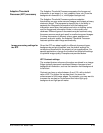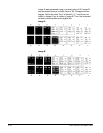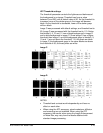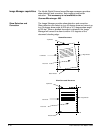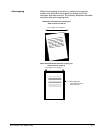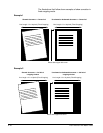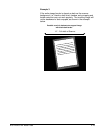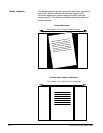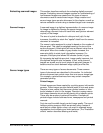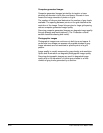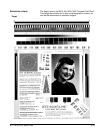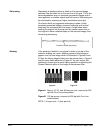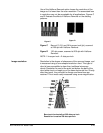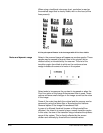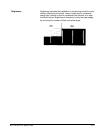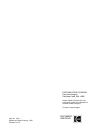
E-26 A-61122/A-61124 March 1999
When using a traditional microcopy chart, resolution is read as
the smallest target that is clearly visible, with no line loss (all five
lines present).
4.0 line pairs-per-millimeter is the last target with all five lines visible.
Noise and dynamic range
Noise in the scanned image will appear as random specks. These
specks may be caused by actual noise in the original (dirt or
mottled colors) or introduced by the scanner. The size of the
transition region from black to white on the continuous-tone
wedge indicates the amount of noise in the system.
Noise tends to increase as the contrast is increased or when the
Fine Line option of the Image Enhancement filter is used. These
options enhance small changes in the image as well as the noise
in the image.
Some of the noise from both the original and the scanner can be
removed by using the Noise filter or by selecting the Halftone
Removal option of the Image Enhancement filter.
In case of a dithered threshold (screen or Mixed mode/Error
diffusion), the intent is to create a large, smooth transition region.
In this case, the size of the transition range indicates the dynamic
range of the system. This is directly affected by the screen
chosen and minimally by threshold and contrast values.



